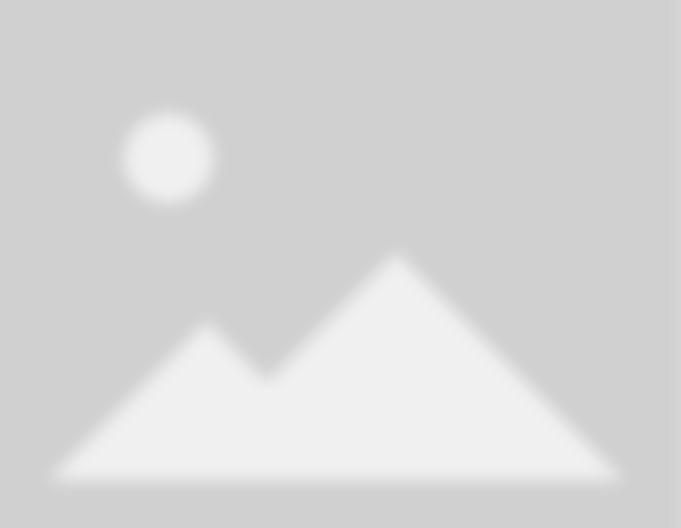Understanding the Difference Between Wasps and Yellowjackets
Home / Understanding the Difference Between Wasps and Yellowjackets

Understanding the Difference Between Wasps and Yellowjackets

Have you ever enjoyed a relaxing afternoon on your patio, only to be buzzed by a pesky wasp or yellow jacket? These striped stingers can turn a tranquil moment into a frantic swatting session.
But before you grab the fly swatter, take a moment to consider this: wasps and yellowjackets, though often mistaken for one another, are quite different creatures.
In our previous article, we explained the difference between honeybees and bumblebees, but now we want to delve into a more complex comparison of these other two specific insects.
Understanding these distinctions can help you avoid unnecessary stings and foster a newfound appreciation for the role these insects play in our backyards. So, dive in with us as we explore the fascinating world of wasps and yellowjackets.
What Exactly is a Wasp?

Don't let their intimidating reputation fool you! Wasps are a diverse group of insects numbering tens of thousands of species worldwide. They're generally recognizable by their sleek, slender bodies and the distinctive "pinch" at their waist where the thorax meets the abdomen.
But these aren't just pretty faces. Wasps play a crucial role in maintaining a healthy ecosystem. Many wasp varieties are natural pest controllers, acting as predators of harmful garden insects like caterpillars and aphids.
They're also important pollinators, visiting flower to flower just like their bee counterparts. In fact, some wasp species are even more efficient pollinators than bees!
Within the vast world of wasps, you might encounter a few familiar faces in your backyard. Paper wasps, for instance, are known for their impressive papery nests, often hanging from trees. Hornets, on the other hand, are the larger cousins of wasps, with a more robust build and a reputation for a powerful sting
Meet the Yellowjacket: A Wasp in Disguise

Here's a surprising fact: those pesky yellow and black striped insects buzzing around your picnic basket are a type of wasp!
Yellow jackets belong to the Vespula and Dolichovespula genera, subgroups within the larger wasp family. While they share some basic wasp characteristics, yellowjackets' distinct appearances differentiate them from their wasp cousins.
Yellowjackets are typically smaller than most wasps. Their most recognizable feature is their black and yellow banded abdomen. Another key difference is their antennae, which have shorter, straighter looks than their wasp cousins.
Behavior and Habitat: Friend or Foe in Your Backyard?
Understanding how these wasps live sheds light on their potential impact in your backyard. Here's where things get interesting: wasps and yellowjackets have very different social structures and habits.
Most wasps are solitary creatures. They build impressive paper nests, meticulously crafting each cell with chewed wood fibers and saliva. These independent mothers lay their eggs and hunt for prey to feed their young, and they're unlikely to bother you unless their nest feels threatened.
Yellowjackets, on the other hand, are social insects. Unlike paper wasps, yellowjackets don't stockpile food for their young. Instead, worker yellowjackets are constantly hunting for protein and sugary sources to feed the colony.
This habit of yellowjackets can make them unwelcome guests at your picnic or pesky scavengers around outdoor trash cans. While they may incidentally control some garden pests, their attraction to food can make them a nuisance.
Identification Tips: Spot the Differences on the Wing

Now that you know about wasp and yellowjacket lifestyles, let's translate that into practical identification skills! Here's a quick guide to help you tell these buzzing insects apart:
1. Take Flight:
Wasps, with their slender bodies, often hold their long legs dangling beneath them while in flight. Yellowjackets, on the other, tuck their legs closer to their body when flying.
2. Look at the Waist:
Pay attention to the waistline. Wasps have a distinct "pinched" waist, separating the thorax from the abdomen. Yellowjackets have a less dramatic narrowing and appear more stocky overall.
3. Antennae Alert!
Examine the antennae. Wasps boast long, thread-like antennae that often appear gracefully curved. Yellowjackets, however, have shorter, straighter antennae with a noticeable bend near the base.
4. Color Scheme:
Wasps come in various colors, often brown or black, with yellow accents. As their name suggests, yellowjackets have a more prominent black and yellow banded abdomen.
Conclusion: Living Alongside Wasps and Yellowjackets
So, there you have it! We've delved into the fascinating world of wasps and yellowjackets, uncovering the key differences in appearance, behavior, and habitat preferences.
Now, peaceful coexistence is always the goal. But sometimes, wasp or yellowjacket infestations can become overwhelming. If you face a large nest, don't hesitate to call the professionals! Our experienced technicians can safely remove wasp and yellowjacket nests.
